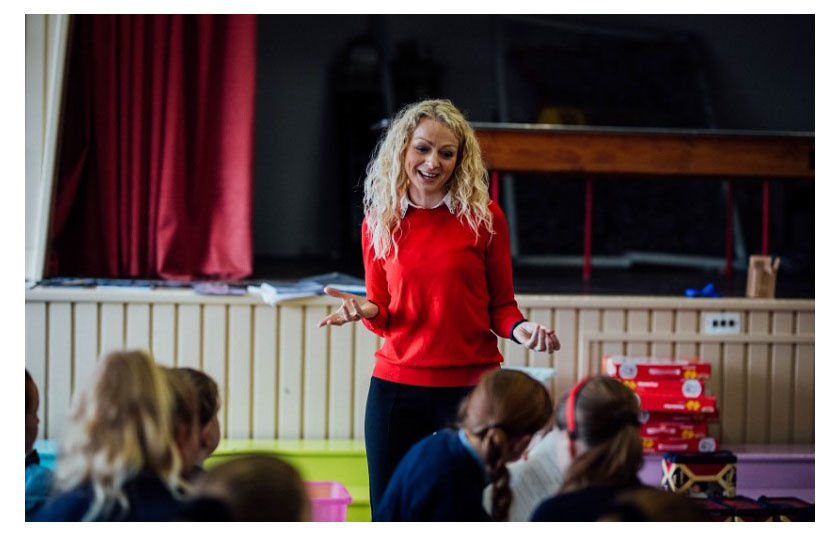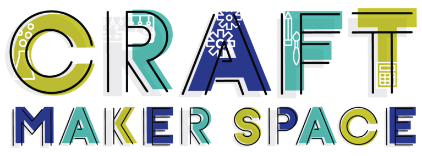Engaging Children with Authentic STEAM Learning Experiences Through Design-Based approaches
By Anne Marie Morrin and Maeve Liston
Summary

Arts-based learning has emerged as an experiential and interdisciplinary/transdisciplinary approach to STEM education that offers a distinctive new set of tools to advance creativity and engagement among STEM learners (Seifter 2014). The “A” in STEAM (Science, Technology, Engineering, Art, and Mathematics) can represent many art forms, including liberal arts, physical arts, fine arts, design, and music. STEAM education involves a cross-curricular methodology to teaching and learning, creatively linking key concepts across subject areas and generating original ideas through the process of design to solve real-world problems (Buonincontro 2018).
Many now argue that STEAM must become an essential paradigm for creative and artistically infused teaching and learning in the sciences (Henriksen 2014). Herro and Quigley (2016) have recommended that creative activities in schools move beyond the art classroom and across all disciplines. However, educators struggle with a clear conceptualization of STEAM and how the disciplines might be connected (Guyotte et al. 2015; Quigley and Herro 2016). Therefore, preservice and inservice teachers must have high-quality professional development to learn how to effectively incorporate interdisciplinary and transdisciplinary STEAM lessons and activities into their teaching (Hero and Quigley 2016, 2017).
This article describes a STEAM educational and outreach project involving the delivery of STEAM lessons and activities to inservice elementary teachers and their pupils. The lessons were delivered by preservice elementary teachers undertaking a STEAM module during their final semester of a four-year degree program in a College of Education in Ireland. Artistic processes—specifically the process of design and design thinking—were used to reinforce and further develop teachers’ and children’s competencies and skills in STEM by applying their knowledge and understanding of scientific concepts in new, innovative ways. The article will explore the impact of the activities and project on developing attitudes, competencies, and skills toward innovative ways of teaching and learning STEAM education; delivering lessons; and developing best practices in integrated STEAM education.
Useful Links
Engaging Children With Authentic STEAM Learning Experiences Through Design-Based Approaches
National Science Teaching Association
- Summary






